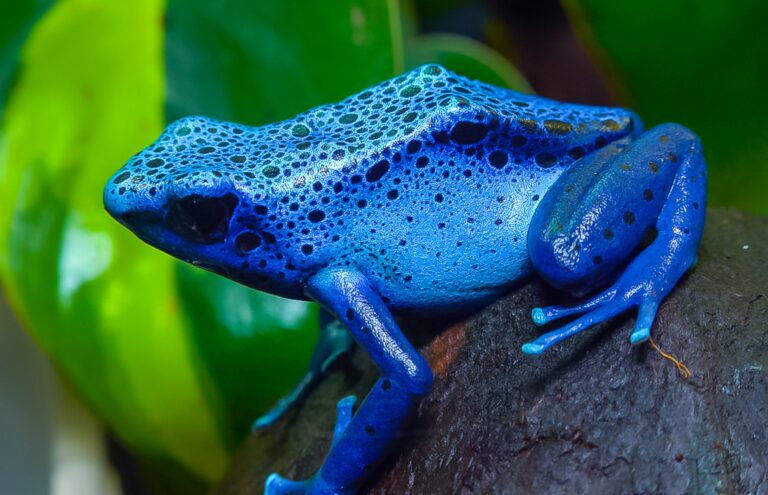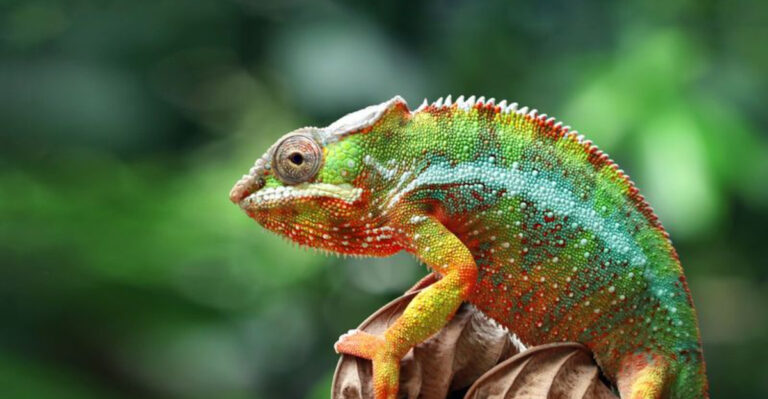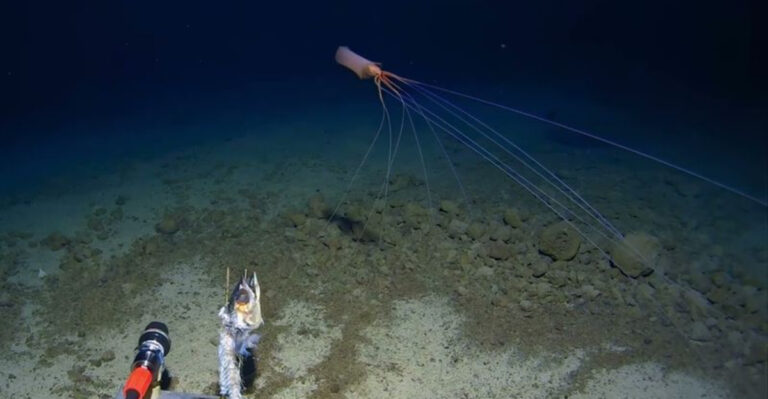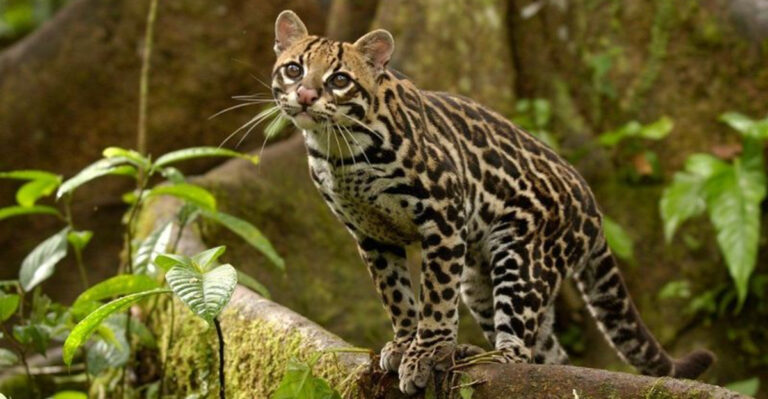14 Lethal Snakes Found Across The Globe
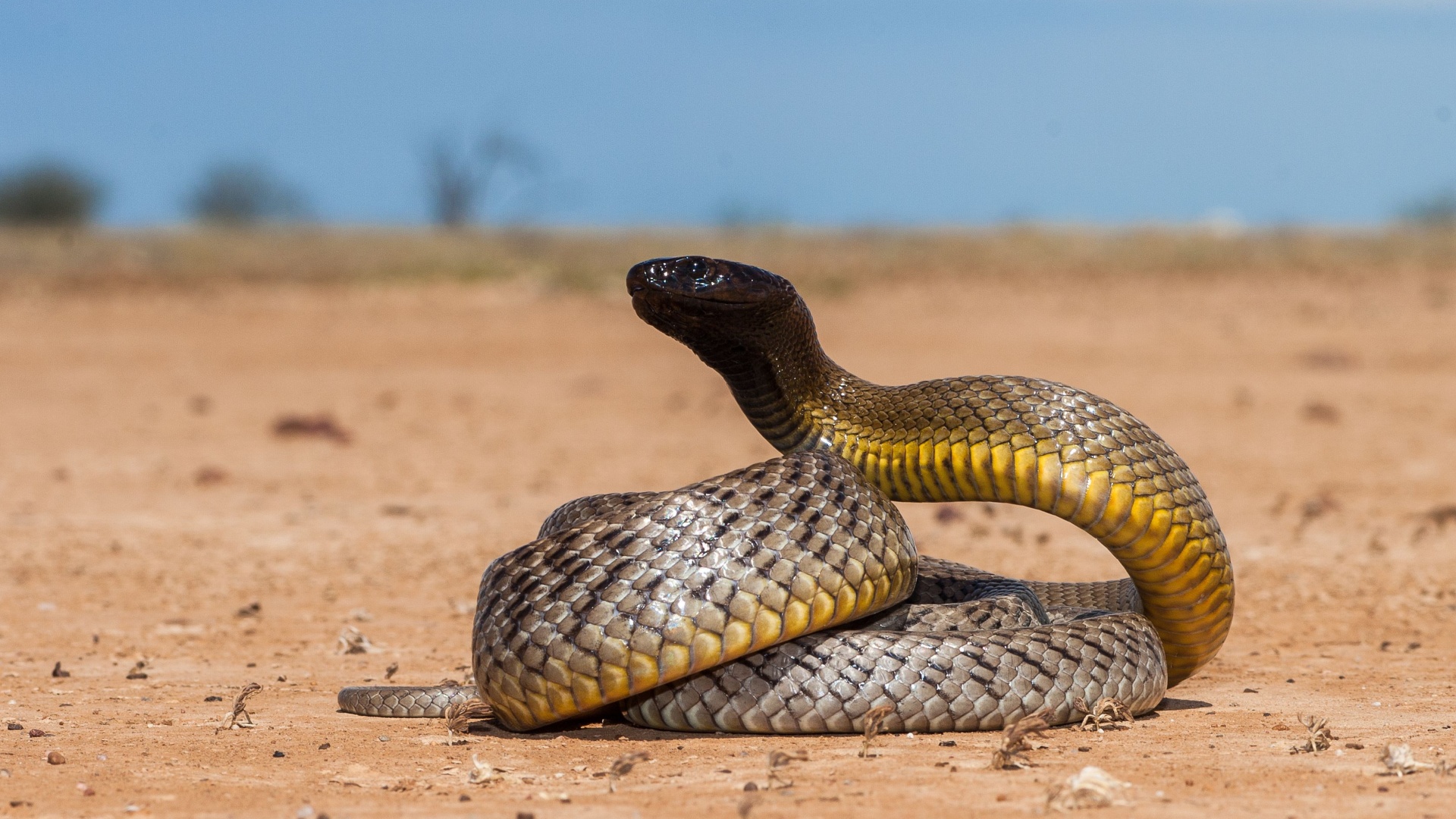
Snakes can be fascinating and terrifying creatures, especially when they are among the most venomous in the world.
From the dense forests of Africa to the dry deserts of Australia, these reptiles have adapted to be top predators in their ecosystems.
Explore some of the most lethal snakes found across different continents, each possessing unique traits and deadly venom. Let’s embark on this journey to learn about these incredible snakes and how they survive in the wild.
1. Black Mamba
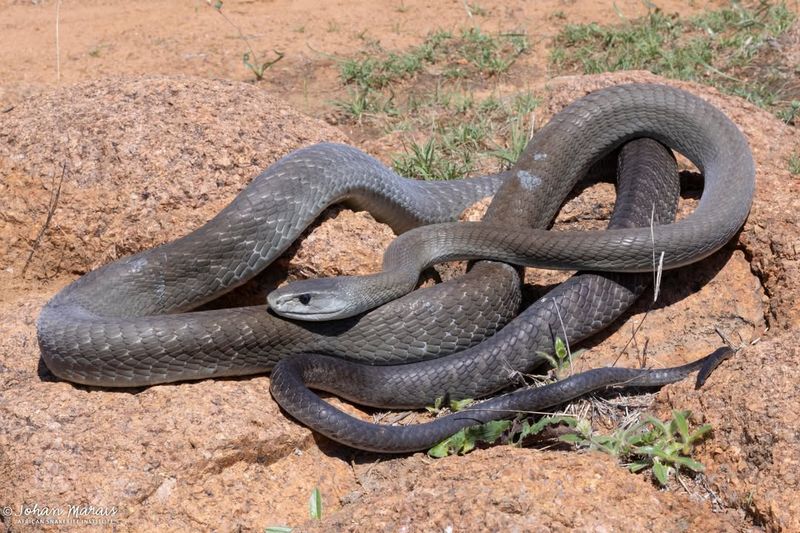
Feared across Africa, the Black Mamba is famous for its speed and powerful venom. Growing up to 14 feet long, it strikes quickly and with great accuracy.
Its name comes from the dark, inky color inside its mouth, which it shows as a warning when threatened.
Though it prefers to avoid humans, it can become defensive and strike multiple times if cornered. Quick medical attention is essential, as its potent neurotoxic venom can cause serious harm within hours.
2. King Cobra
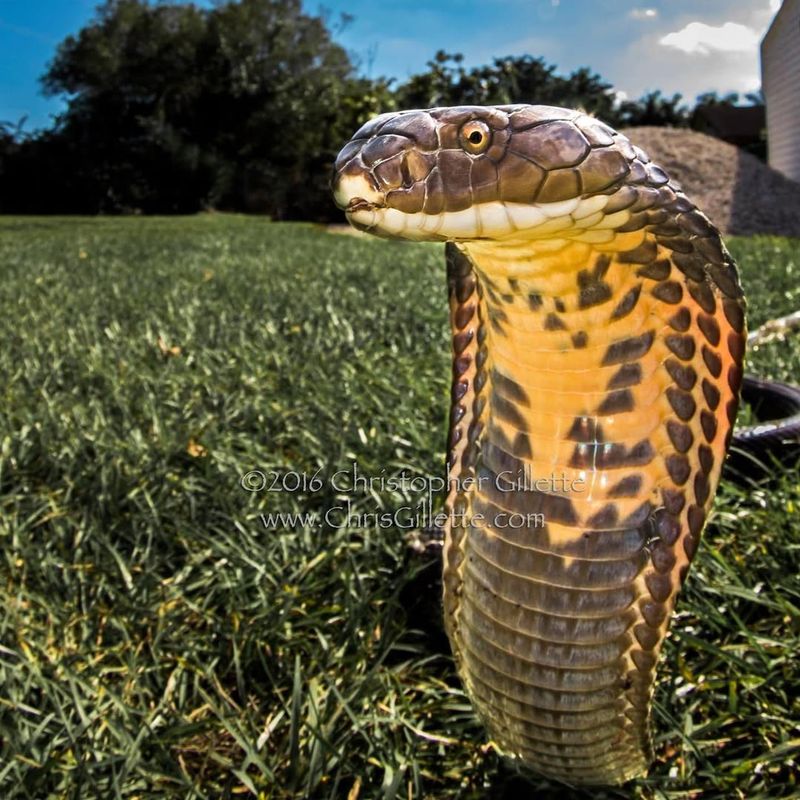
The King Cobra is the longest venomous snake, reaching 18 feet. Found in Southeast Asia, it has a distinctive hood and intimidating presence.
Its venom attacks the nervous system, making it a formidable predator. Despite its size, it mainly feeds on other snakes.
King Cobras are shy and prefer to escape threats. When cornered, they stand tall and hiss loudly.
3. Puff Adder
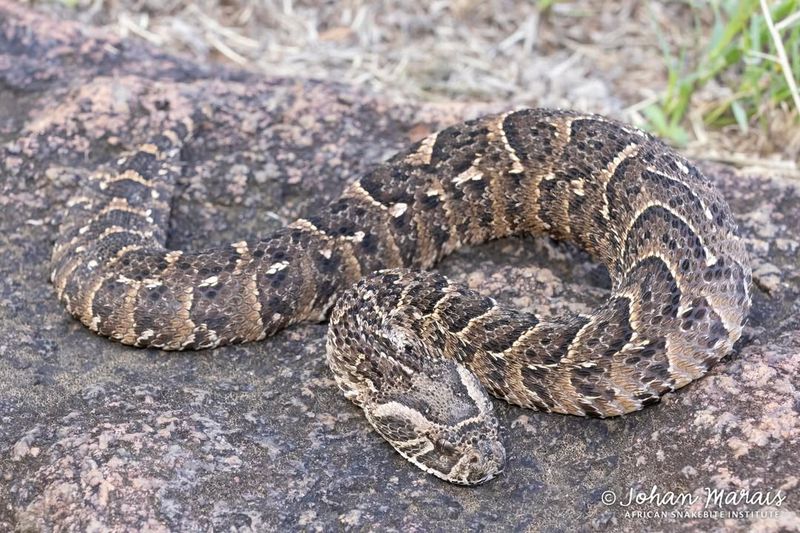
The Puff Adder is one of Africa’s most encountered snakes, known for its excellent camouflage that helps it blend into its surroundings. When feeling threatened, it inflates its body and lets out a loud hiss as a warning.
Although it moves slowly, its strike is fast and precise. Its bite can cause intense pain and serious tissue damage, but antivenom works well if given quickly.
Despite its reputation, the Puff Adder plays an important role in controlling rodent populations.
4. Common European Adder
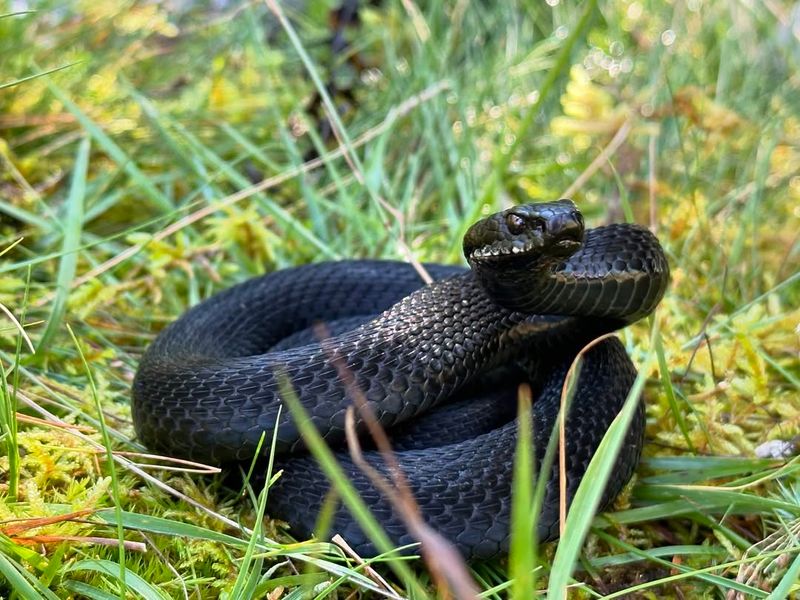
The Common European Adder is widespread across Europe. Its distinctive zigzag pattern makes it easily identifiable.
While not aggressive, it will bite if provoked. Symptoms of a bite include pain and swelling, but fatalities are rare.
Adders are protected in many countries, contributing to biodiversity. They help control insect and small mammal populations.
5. Eastern Diamondback Rattlesnake
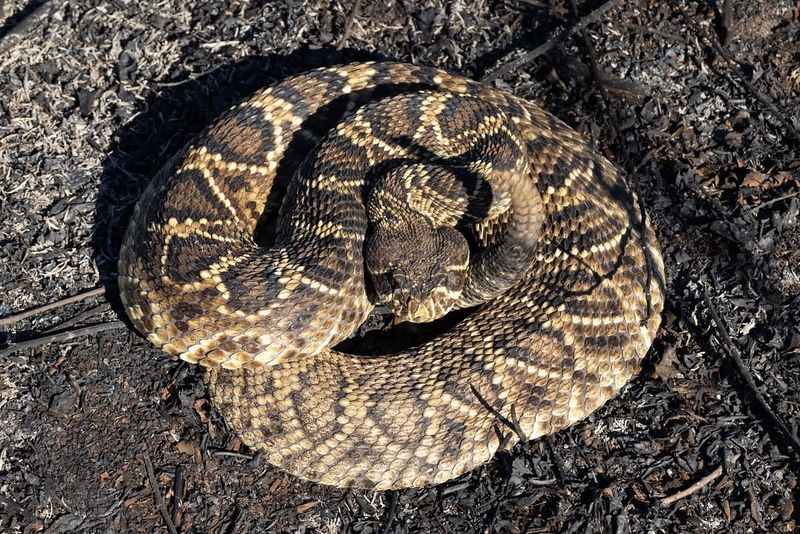
Found in the southeastern United States, this is the largest species of rattlesnake. Its distinctive diamond pattern and loud rattle serve as a clear warning to potential threats.
Although often feared, the Eastern Diamondback Rattlesnake prefers to avoid conflict and usually strikes only when it feels cornered. Its venom can cause serious symptoms, but timely antivenom treatment is effective.
As a natural predator of rodents, it plays an important role in maintaining balance within its ecosystem.
6. Eastern Brown Snake
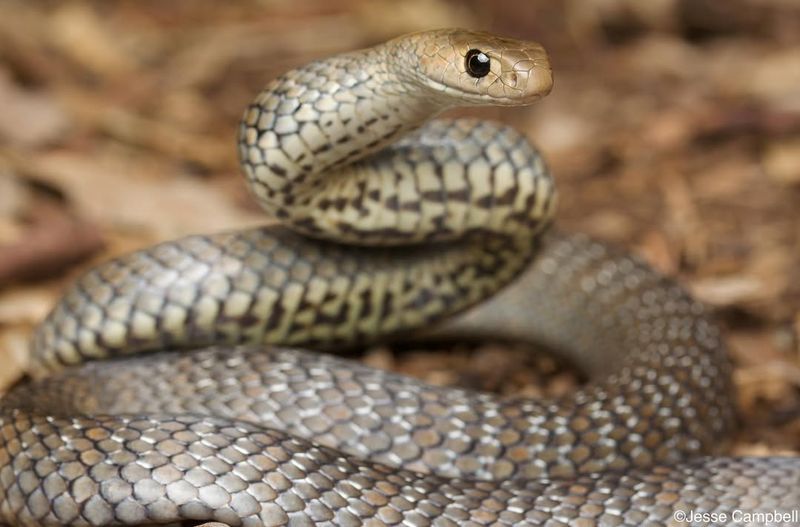
The Eastern Brown Snake is highly venomous, found in Australia. It’s known for its speed and defensive nature.
When threatened, it raises its body and strikes with precision. Its venom affects blood clotting, requiring immediate medical help.
Despite its danger, it helps control pest populations. Eastern Browns prefer open spaces and are active during the day.
7. Russell’s Viper
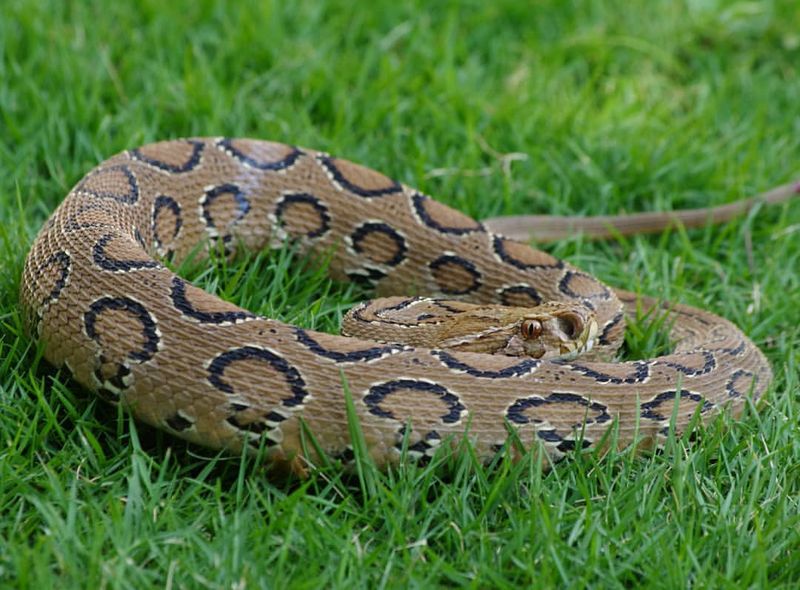
Russell’s Viper is a major cause of snakebite incidents in Asia, known for its distinctive chain-like pattern.
It can be aggressive when threatened, and its venom causes severe bleeding disorders. Bites require urgent medical attention.
This snake plays a role in keeping agricultural pests in check. Its presence is crucial for ecological balance.
8. Tiger Snake
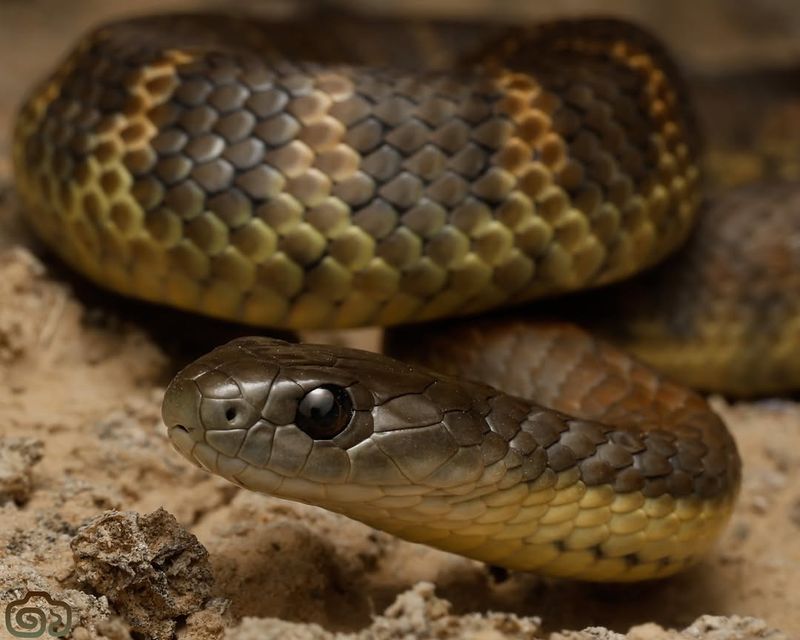
Easily recognized by its banded body, this snake is often found in Australia’s wetlands and coastal regions. Though generally avoiding conflict, the Tiger Snake may become aggressive if threatened and can deliver a strong bite.
Its venom affects both blood and nerve function, making quick medical care essential. Despite its reputation, the Tiger Snake plays an important role in managing frog and rodent populations.
With its striking appearance and potent defenses, it remains one of Australia’s most well-known reptiles.
9. Fer-De-Lance
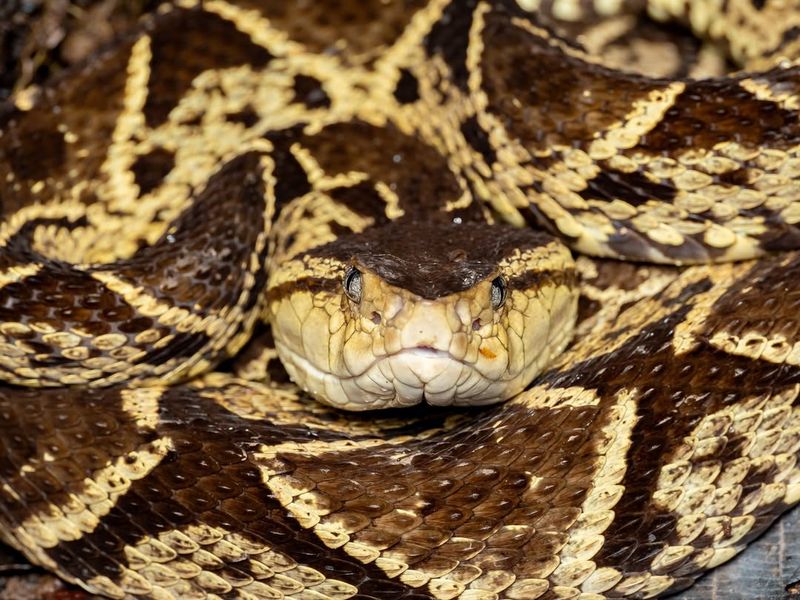
The Fer-de-Lance is a highly venomous snake found in Central America.
Its cryptic coloration helps it blend into the forest floor. Known for its aggressive nature, it poses a significant risk to humans.
Its venom can cause severe tissue damage. Antivenom is available, but prevention is key. This snake helps control small mammal populations.
10. Bushmaster
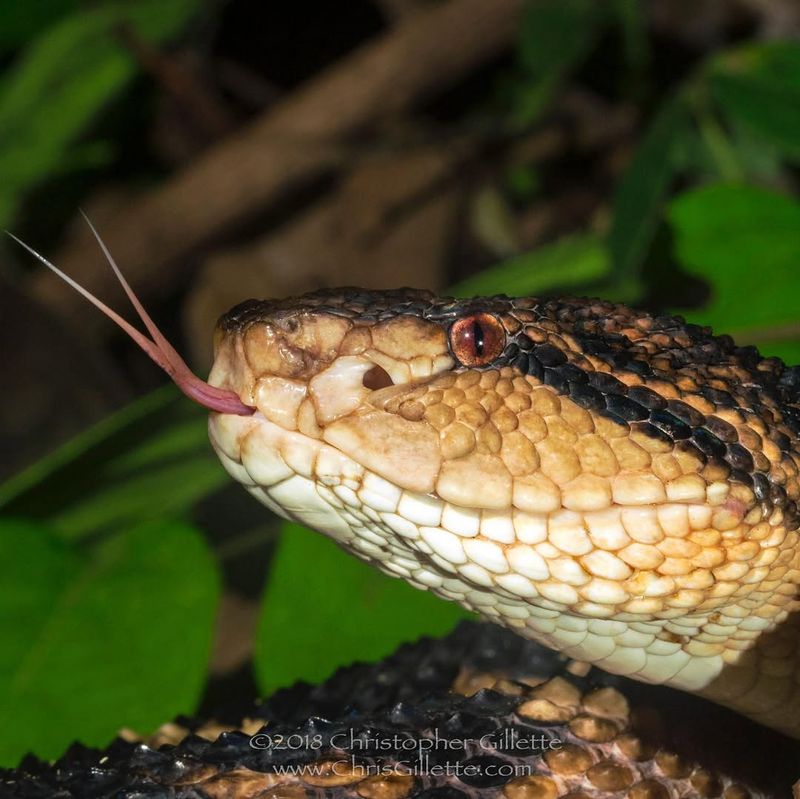
The Bushmaster is the largest pit viper, inhabiting the rainforests of Central and South America.
This elusive snake is rarely seen by humans. Its venom is potent, causing rapid deterioration if untreated.
Despite its dangerous reputation, it plays a role in controlling rodent populations. Conservation efforts protect its rainforest habitat.
11. Asp Viper
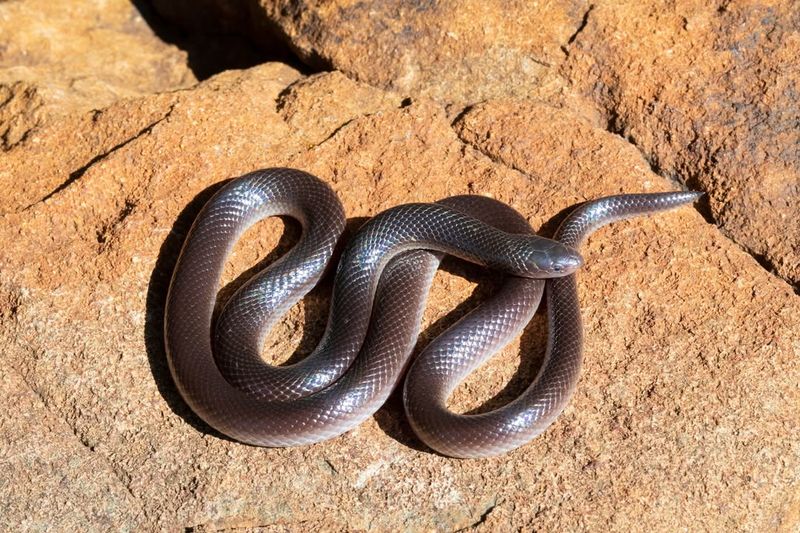
Small and stout with a noticeable pattern, this snake makes its home in southern Europe. Although the Asp Viper’s bite is rarely life-threatening, it can cause significant pain and needs proper medical care.
Its venom impacts blood cells, making treatment important if bitten. By preying on small mammals, the Asp Viper helps maintain ecological balance.
As a protected species, it also reminds us of the need for ongoing conservation efforts.
12. Inland Taipan
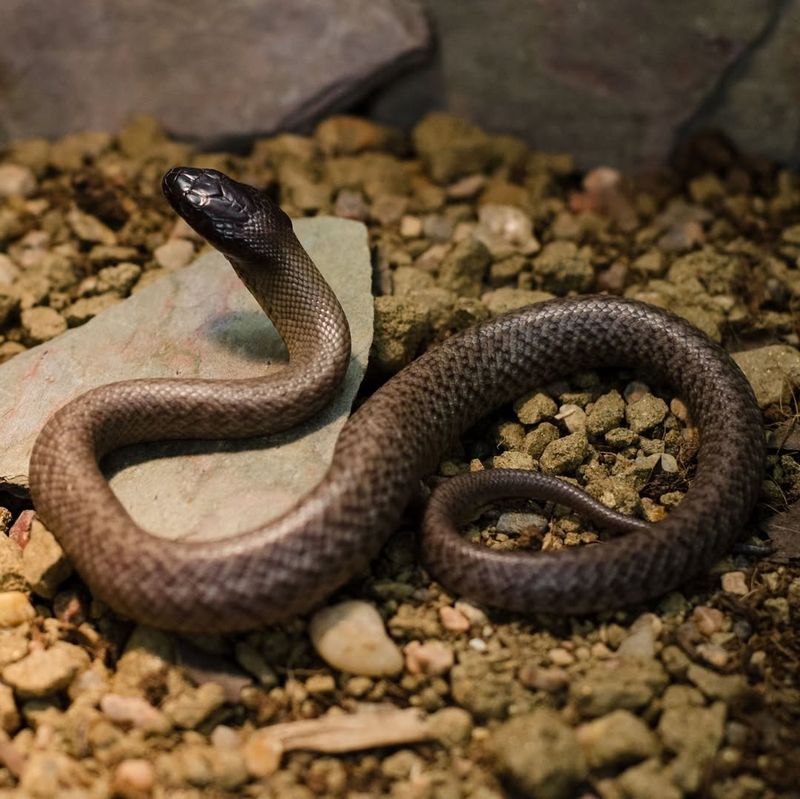
Often called the world’s most venomous snake, this shy reptile is found in remote parts of Australia.
The Inland Taipan tends to avoid human contact, making encounters rare. Its powerful venom can cause serious harm quickly if not treated, so medical care is crucial.
Even with its reputation, the Inland Taipan plays a valuable role in keeping rodent populations in check. Protecting this unique species is important for maintaining the balance of its natural habitat.
13. Boomslang
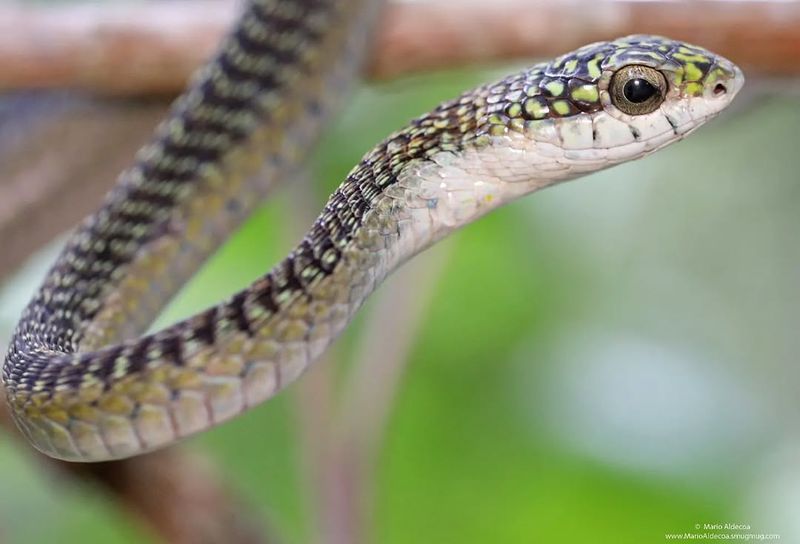
The Boomslang is an arboreal snake found in Africa, known for its bright green color and large eyes.
It’s rear-fanged, delivering venom through chewing. The venom disrupts blood clotting, making bites serious.
Boomslangs are shy and avoid humans. They help control bird and lizard populations, balancing the ecosystem.
14. Mojave Rattlesnake
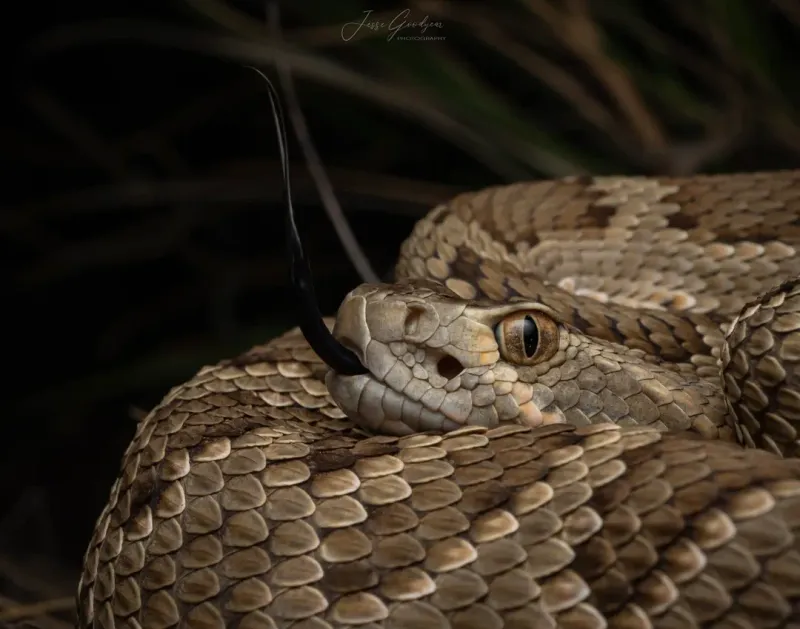
The Mojave Rattlesnake is known for its potent venom, found in the deserts of the southwestern United States.
It has a distinctive greenish hue and is often confused with other rattlesnakes. Its bite can cause severe symptoms.
Antivenom is effective if administered promptly. This snake plays a role in controlling desert rodent populations.

